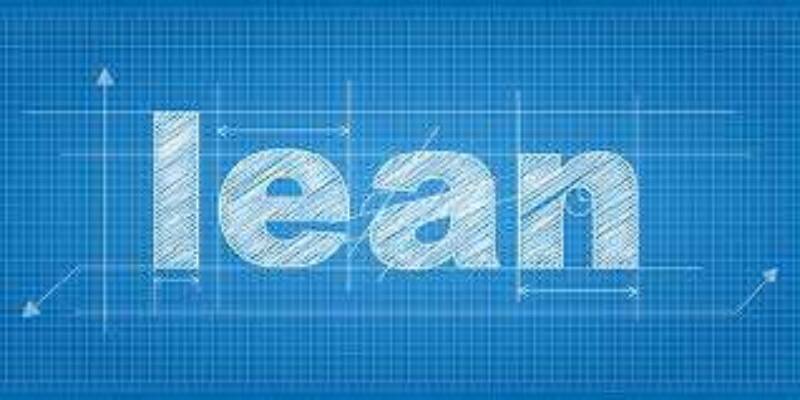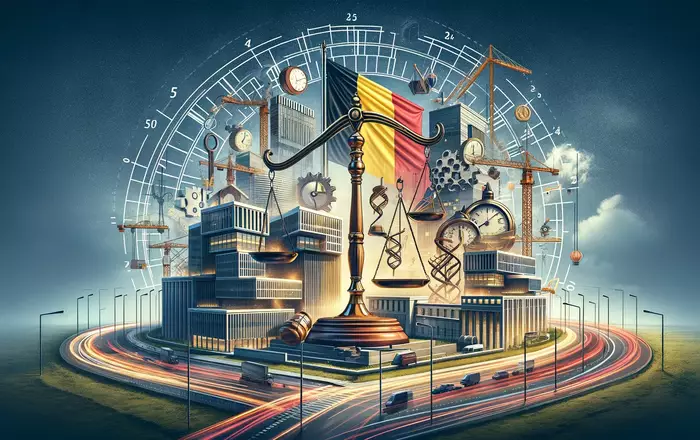
Lean Project Controls – The Why, What, & How



This blog discusses our view on Lean Project Controls.
Why?
As projects are becoming more complex and dynamic, schedule and cost overruns are still the highly possible companions. This can be mainly attributed to increased work inefficiencies, inaccurate estimates, and most importantly the inadequacy of classical project control methods in steering a complex project within its target time and budget.
The project planning process suggested by PMI is mainly based on the critical path method (CPM), which can be described as a ‘Should-Did’ cycle. The main principle is that a sequence of ‘value adding’ activities are planned and communicated as tasks (Should) to the team members, mostly through an extensive GANTT chart. Next, the control of execution is reactively performed (Did) through planned versus actual comparisons. This mainly focuses on the time aspect of the project without proactively ensuring the feasibility of the planned activities. In such case, projects become more prone to failure due planning deficiencies like:
(1) using planning to control delays after their occurrence instead of action planning,
(2) focusing on front-end planning and CPM scheduling while ignoring method planning and lookahead scheduling, and
(3) inefficient removal of constraints and lack of executors’ commitment to planning.
What?
Lean project controls is an approach derived from best practices in the automotive industry to address the shortcomings of the critical path method (CPM) and complexity of today’s projects. Primarily, it aims to reduce the amount of time required to complete a project by reducing wasteful tasks and focusing on the reliable time estimates of value adding tasks.
Lean project controls is deemed a holistic system that guarantees a proactive lean project delivery. It incorporates methods such as lean scheduling and proactive control in order to serve two main goals of ‘Lean’: minimize waste and maximize value. Lean scheduling supports the implementation of a ‘Should-Can-Will-Did’ cycle that respects reliable work flows and processes. In other words, it supports working towards planned tasks (Should) through reliable commitments (Will), which are mainly based on tasks’ constraints removal (Can). On the other hand, lean control aims to continuously improve the value of the project through measuring the performance of execution (Did) against committed tasks (Will) as well as removal of tasks’ constraints (Can).
How?
Proove can aid projects to achieve success in prioritizing the value adding activities through reliable commitments of executors (will) and constraint removal processes (can). This is supported by powerful approach: merging CPM and lean scheduling methods; thus providing long-term analytics about project milestones and completion dates as well as prescriptive plan of how to reach these milestones efficiently. Proove provides a handful of digital commitment tracking tools and techniques such as Oracle Prime, support in constraint removal processes like standup war room meetings, and analysis of the actual execution of the planned tasks by providing their client with a set of witty Lean KPIs (Did).
Looking into a platform that suits your company, we make great steps towards reaching an accessible and user-friendly way of enabling all stakeholders to gain insight in the made commitments and the effects of said commitments on the higher-level (ideal for quantitative risk analysis, scenario analysis etc.). Simultaneously, task executors can estimate more accurately the time of task execution. The analysis of reasons why a commitment wasn’t met, and most productive actors grant a gateway to well-founded decision making and reliability analyses.
Let us know in the comments what you think about Lean Project Controls.
Ed. This article was written by former colleague Hasnaa Alhussein.




